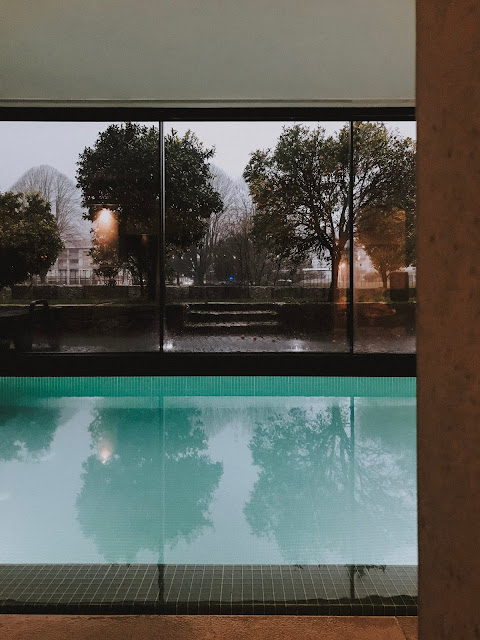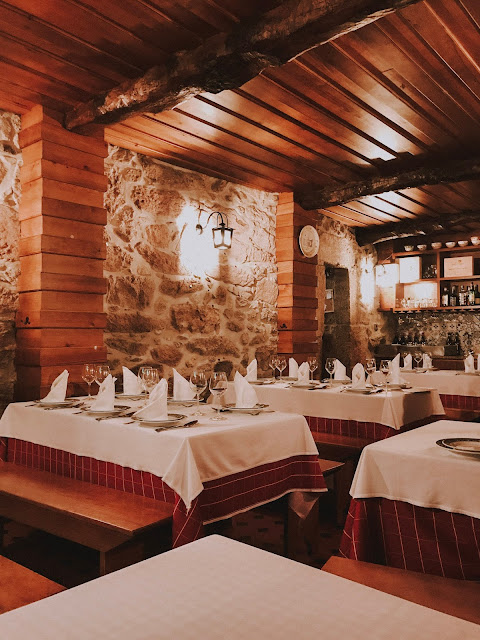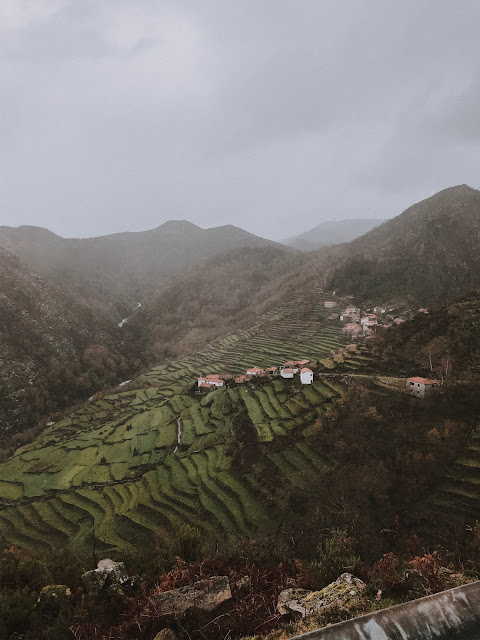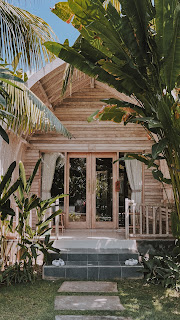Visit Arcos de Valdevez & the Portuguese Tibet
Before the Christmas season, we decided we could take some time to charge batteries and went for a weekend out.
We choose Arcos de Valdevez as a destination. This municipality is located inside the boundaries of the Peneda Gerês National Park and is less than 2 hours away from Porto.
The landscape is markedly rural and agriculture represents the subsistence of its population.
The weather was not wonderful, but we were able to visit the delightful communal villages of Soajo and Sistelo, where the local populations continue to maintain their ancestral customs and practices.
We booked a hotel right in the center of the village, as we wanted to be able to stop the car and just walk through the streets of the typical Alto Minho provinces.
The Ribeira Collection Hotel, with a riverfront location, is in the heart of Arcos de Valdevez and has very friendly and helpful staff.
The rain would not let us enjoy the outside that much and the spa was a great alternative for our day. With sauna, jacuzzi and a heated pool with a view of the garden with orange trees, it can become crowded but is a good place to spend a few hours.
For our meals, there were plenty of restaurants on the other side of the bridge and the breakfast (included) was good, with plenty of choices.
The region is also famous for its local cakes and dishes.
Local specialties include cozido à Minhota (a stew made with different kinds/parts of meats), the cabritinho mamão da Serra (roasted goat dish), the papas de sarrabulho (kind of mash made with meat) and the rojões (kind of snack made with pork meat).
Other local gastronomic specialties include posta de cachena com arroz de feijão (veal steak from the long-horned cows that roam the slopes of Peneda-Gerês served with a bean and rice stew).
Regarding sweets, you should try the charutos de ovos (cigar-shaped sweets made with eggs, sugar mass and almonds), the cavadas (sweets made with olive oil and brandy) and rebuçados dos Arcos (kind of toffee candies) and the typical "Casadinhos Brancos" (kind of brigadeiro: small balls of condensed milk).
With traditional decoration and a warm ambiance, it was the perfect place to eat the cachena meat, drink a local wine and end the meal with some traditional desserts.
The portions were perfect for 2, the staff was very friendly and we paid less than 50 euros for dinner.
The Sistelo footbridge is the latest tourist attraction in Portugal and is causing a stir among hikers and mountain bikers alike. It is inserted in Ecovia do Vez and passes through the village known as Portuguese Tibet.
Thanks to its terraces built to take advantage of the little arable soil and in conditions to support the many cattle of this region, the village of Sistelo is part of the World Biosphere Reserve and is a candidate for UNESCO World Heritage.
Soajo is another village to visit and is known for its picturesque espigueiros. This village offers wonderful views of the fields surrounding it and counts with interesting tours which pass by some of the most beautiful places in the region.
We will definitely come back during the spring to see this perfect landscape again, eat some of the most delicious Portuguese cuisine and relax in a place where the time seems to stop.
We choose Arcos de Valdevez as a destination. This municipality is located inside the boundaries of the Peneda Gerês National Park and is less than 2 hours away from Porto.
The landscape is markedly rural and agriculture represents the subsistence of its population.
The weather was not wonderful, but we were able to visit the delightful communal villages of Soajo and Sistelo, where the local populations continue to maintain their ancestral customs and practices.
Where to stay
We booked a hotel right in the center of the village, as we wanted to be able to stop the car and just walk through the streets of the typical Alto Minho provinces.
The Ribeira Collection Hotel, with a riverfront location, is in the heart of Arcos de Valdevez and has very friendly and helpful staff.
The rain would not let us enjoy the outside that much and the spa was a great alternative for our day. With sauna, jacuzzi and a heated pool with a view of the garden with orange trees, it can become crowded but is a good place to spend a few hours.
 |
| Ribeira Collection Hotel Spa |
For our meals, there were plenty of restaurants on the other side of the bridge and the breakfast (included) was good, with plenty of choices.
What to eat
The region is also famous for its local cakes and dishes.
Local specialties include cozido à Minhota (a stew made with different kinds/parts of meats), the cabritinho mamão da Serra (roasted goat dish), the papas de sarrabulho (kind of mash made with meat) and the rojões (kind of snack made with pork meat).
Other local gastronomic specialties include posta de cachena com arroz de feijão (veal steak from the long-horned cows that roam the slopes of Peneda-Gerês served with a bean and rice stew).
Regarding sweets, you should try the charutos de ovos (cigar-shaped sweets made with eggs, sugar mass and almonds), the cavadas (sweets made with olive oil and brandy) and rebuçados dos Arcos (kind of toffee candies) and the typical "Casadinhos Brancos" (kind of brigadeiro: small balls of condensed milk).
Where to eat
When we arrived, the hotel staff recommended a few restaurants nearby for us to have dinner. We wanted the entire experience, local food and great atmosphere, so we went to O Lagar.With traditional decoration and a warm ambiance, it was the perfect place to eat the cachena meat, drink a local wine and end the meal with some traditional desserts.
The portions were perfect for 2, the staff was very friendly and we paid less than 50 euros for dinner.
 |
| O Lagar |
What to do
Whether you just want to sit and admire nature or take on its challenges through adventure sports, there are plenty of opportunities to do so.The Sistelo footbridge is the latest tourist attraction in Portugal and is causing a stir among hikers and mountain bikers alike. It is inserted in Ecovia do Vez and passes through the village known as Portuguese Tibet.
Thanks to its terraces built to take advantage of the little arable soil and in conditions to support the many cattle of this region, the village of Sistelo is part of the World Biosphere Reserve and is a candidate for UNESCO World Heritage.
 |
| Sistelo |
Soajo is another village to visit and is known for its picturesque espigueiros. This village offers wonderful views of the fields surrounding it and counts with interesting tours which pass by some of the most beautiful places in the region.
We will definitely come back during the spring to see this perfect landscape again, eat some of the most delicious Portuguese cuisine and relax in a place where the time seems to stop.
---
For the best flight prices , visit Momondo | Download the app here >



Beautiful views of the villages of Sistole. Has it been successfully entered into the heritage of Unesco's heritage?
ReplyDeleteIt is a beautiful landscape, indeed. I believe so. At least some Portuguese websites say that it is already part of Unesco's.
Delete